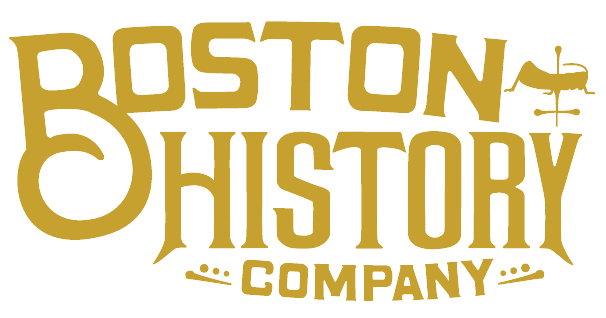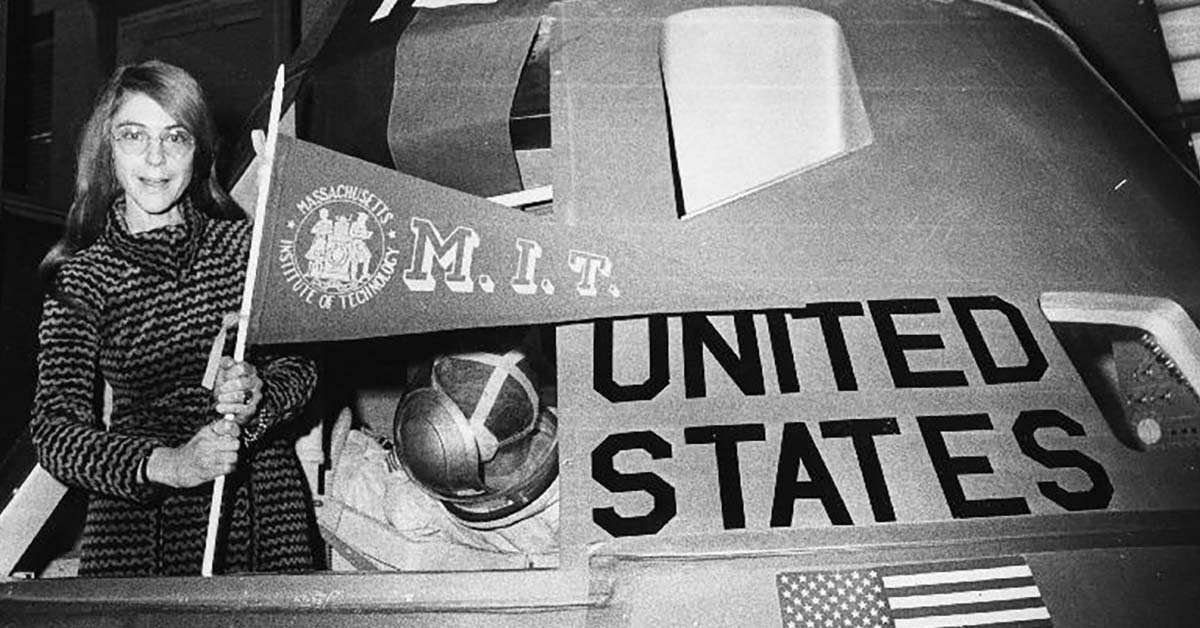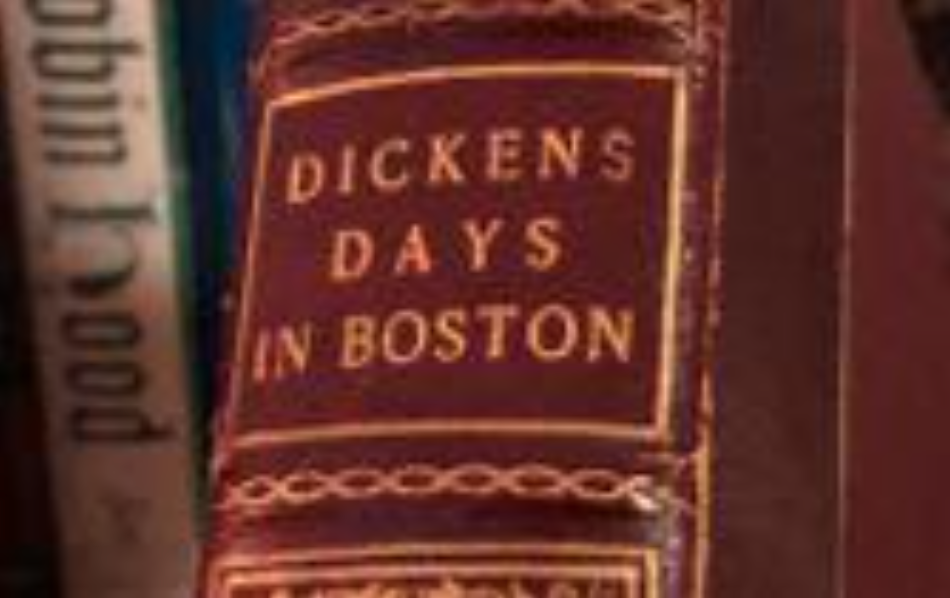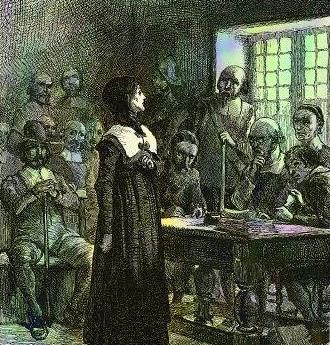The remarkable tale of Margaret Hamilton is one of the highlights of our Innovation Tour. Hamilton was Director of Software Engineering for NASA’s Apollo program. She and her team wrote the code that carried Neil Armstrong and Buzz Aldrin to the moon and brought them home safely. We’ll tell you all about her accomplishments when you take the tour.
But every good story has a few more bits we’d love to tell, if only we had just a little more time. Take the LOLs, for instance. They played a small but vital part in the success of the Apollo program. Margaret Hamilton herself would probably tell you she couldn’t have done what she did without the LOLs.
Alas, we probably won’t mention the LOLs on the tour – there are too many other things to talk about. So let me take a moment to honor them now …
LOL is an acronym, of course. In this context, it did not mean Laughing Out Loud. It referred to a particular type of person who possessed a valuable skill set – but I’m getting ahead of myself. First, let’s talk about hardware.
The Apollo guidance computers didn’t store their programming on microchips. Instead, the read-only memory was literally hardwired into the computer. How it worked is easy to explain as long as you don’t dive into the details: you start with a series of tiny, magnetized rings called cores, and a really long piece of wire. Each core represented a binary choice: either the wire passed through the ring, or it went around it. If it went through, the computer read that as a one. If it didn’t, well … what do you reckon that would be? A zero? Good call.
Anyway, this happened over and over, until eventually you ended up with a rope of cores held together by half a mile of wiring. A rope could represent over 65,000 bits of information. When it was finished, it could be folded down to about the size of a hot dog.
On the one hand, hardwiring made the system incredibly robust – all you had to do was thread the wires correctly, and the computer would work flawlessly every time. But on the other hand, changing the programming meant unthreading and rethreading the wires – and wishing you’d done it right the first time, because there was no machine to do it for you. Somebody had to thread all those wires by hand.
Imagine threading a needle 65,000 times – knowing that one mistake could cost an astronaut his life. Not many people would have had the hand-eye coordination – or the patience.
That’s where the LOLs came in. They were all former textile workers. They had made parachutes for the US military during World War Two. When the mills closed down, they were forced into retirement – until NASA came looking for a few good women.
And they were nearly all women. Older women. So Margaret Hamilton respectfully called them the Little Old Ladies. Hamilton herself was known as the Rope Mother; it was part of her job to make sure the ropes were threaded correctly. But even if everybody did their jobs perfectly, it was still possible for a section of code to produce unexpected results. Nowadays, we’d call that a bug. In Margaret Hamilton’s time, it was called an FLT – or a Funny Little Thing.
That said, the Apollo guidance computers were renowned for their error-free performance. Margaret Hamilton deserves most of the credit; she had a particular gift for anticipating things that could go wrong, and for writing code that could handle the most unlikely events. But let’s tip our hats to the Little Old Ladies, as well – they played their part, and their attention to detail helped make the Apollo missions a success.
Rick Taylor
More Blogs
- Boston Historical Tours
All Blogs Hat Tip to the LOLs The remarkable tale of Margaret Hamilton is one of the highlights of our Innovation Tour. Hamilton was Director of Software Engineering for NASA’s Apollo program.
- Boston Historical Tours
All Blogs Hat Tip to the LOLs The remarkable tale of Margaret Hamilton is one of the highlights of our Innovation Tour. Hamilton was Director of Software Engineering for NASA’s Apollo program.
- Boston Historical Tours
All Blogs Dickens and a Christmas Carol Come to Boston A long time ago, longer than I would care to admit, I was asked to develop a Christmas themed tour for a
- Daniel Berger-Jones
All Blogs Anne (Marbury) Hutchinson Anne Hutchinson, puritan, wife, mother, midwife and top notch rabble-rouser. If you’ve never heard of her, it’s not your fault, probably… Anyway, I don’t know if she



